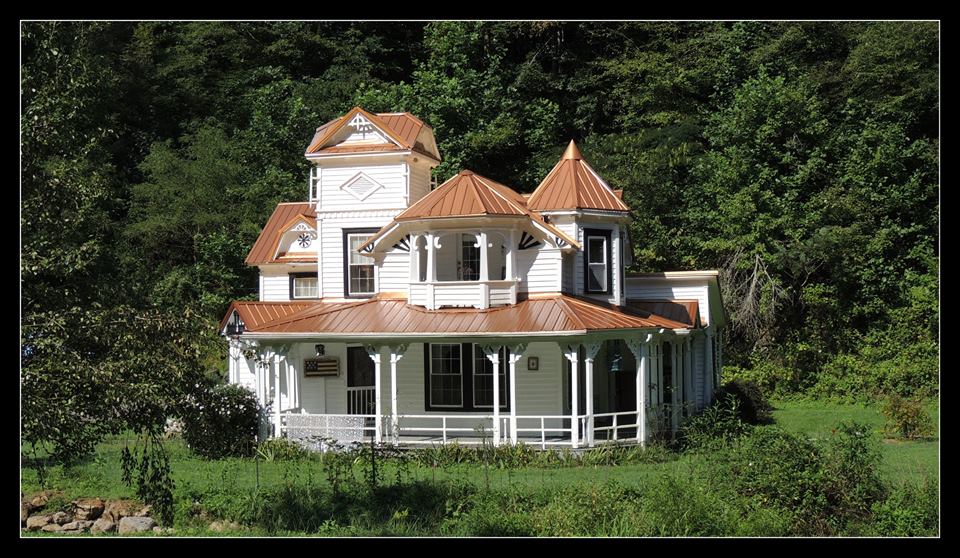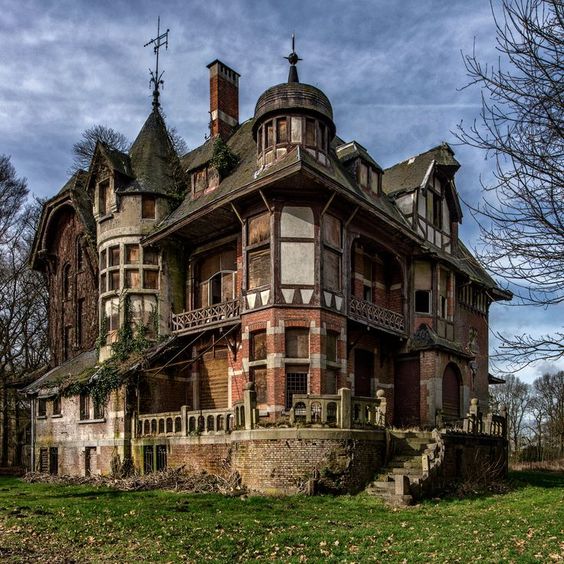Historical Victorian home in East Tennessee
The story of the Sears and Roebuck home that once graced the landscape near Kyles Ford, Tennessee, is not just a tale of architectural beauty, but also a testament to the ingenuity and resilience of Appalachian communities in the late 19th and early 20th centuries.
As the Industrial Revolution transformed America’s landscape, small towns and rural areas in Appalachia experienced their own unique challenges and opportunities. With limited access to urban centers and traditional markets, families in remote regions like Kyles Ford relied on innovative solutions to meet their everyday needs.
The Sears Catalog, affectionately known as the “Big Book,” played a pivotal role in shaping the lives of Appalachian families during this period. Offering a vast array of goods and merchandise, from clothing and household items to farm equipment and building materials, the catalog became a lifeline for those seeking quality products at affordable prices.
For families like William Henry Fletcher’s, who served as Postmaster of the Kyles Ford area in 1913, the Sears Catalog was more than just a source of goods; it was a connection to the wider world beyond the rugged mountains and winding rivers of Appalachia. As Mr. Fletcher and other mail carriers traversed the countryside on horseback, delivering mail to remote homesteads and settlements, the arrival of the Sears Catalog heralded a moment of anticipation and excitement for families eagerly awaiting its arrival.
Among the many offerings in the Sears Catalog were the iconic “pattern houses” – pre-cut home construction kits that promised the convenience and affordability of modern living. These kit homes, shipped by rail and assembled on-site, allowed families to realize their dreams of homeownership with relative ease and efficiency.

In the case of the “Gingerbread Victorian style architecture home” near Kyles Ford, the arrival of such a majestic structure must have been a sight to behold. Rising like a fortress against the backdrop of the Appalachian foothills, the Sears and Roebuck home stood as a beacon of prosperity and progress in an otherwise rugged landscape.
Generations of passersby, like the author of this narrative, marveled at the grandeur of the Victorian home, its ornate trimmings and towering roofline casting a spell of enchantment over all who beheld it. For many, the house symbolized not just a place of dwelling, but a testament to the enduring spirit of Appalachian resilience and resourcefulness.
However, as with all things, time and circumstance eventually took their toll on the once-proud Victorian home. The changing fortunes of the community, coupled with the passage of years, saw the house weathering the storms of history and the whims of fate.
Then, tragically, in 2018, the house met its untimely end in a blaze of flames that engulfed its timbers and consumed its memories. The cause of the fire remains a mystery, shrouded in the mists of time and speculation. Yet, what remains undeniable is the profound impact that the house had on the community and the hearts of those who knew it.
In its absence, the “Gingerbread Victorian” home leaves behind a legacy of resilience, beauty, and community spirit that will forever endure in the collective memory of Kyles Ford and beyond. Though its physical form may have been lost to the ravages of time, its spirit lives on in the stories, photographs, and memories shared by those who were fortunate enough to have witnessed its majesty firsthand.
As the sun sets over the hills of East Tennessee, casting its golden light upon the ruins of the once-great Victorian home, one cannot help but reflect on the fleeting nature of human endeavor and the enduring power of the human spirit to rise, phoenix-like, from the ashes of adversity. In the heart of Appalachia, where the rivers run deep and the mountains stand tall, the legacy of the Sears and Roebuck home near Kyles Ford serves as a testament to the indomitable spirit of a people bound together by history, heritage, and hope.

What distinguishes Victorian architecture is its eclectic blend of influences, drawing inspiration from a diverse array of styles including Gothic Revival, Italianate, Queen Anne, and Second Empire. Victorian homes in East Tennessee reflect this diversity, each bearing unique features and embellishments that speak to the tastes and aspirations of its original inhabitants. Perched elegantly along the banks of the Tennessee River in Knoxville, Tennessee, the Crescent Bend House & Gardens, formerly known as the Armstrong-Lockett House, is a resplendent example of Victorian architecture. Its stately presence and meticulous design capture the essence of the Italianate style, characterized by symmetrical facades, ornate brackets, and expansive verandas that offer sweeping views of the surrounding landscape. As one of East Tennessee’s most distinguished architectural treasures, Crescent Bend exudes an air of refined opulence and timeless beauty. The intricacy of its detailing and the grandeur of its proportions serve as a testament to the craftsmanship and artistry of a bygone era.


